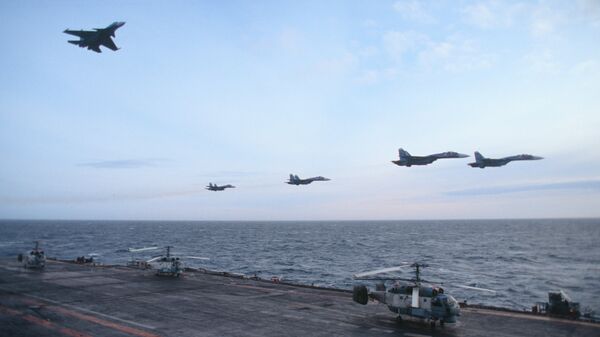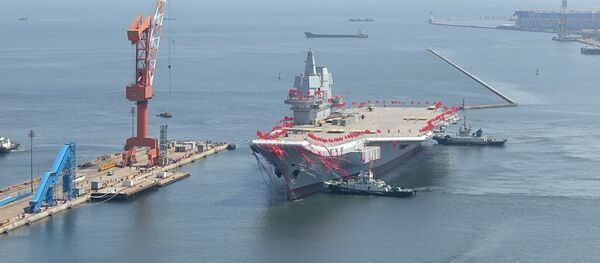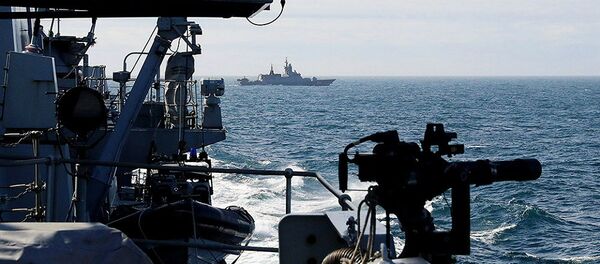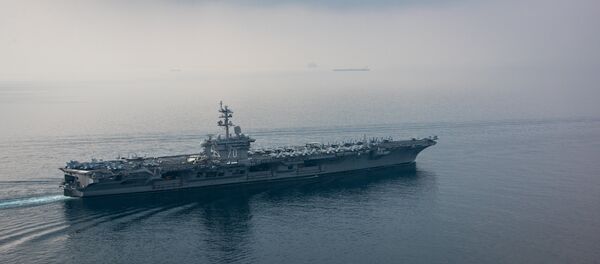Earlier this month, Russia Beyond the Headlines published an analysis on Russia's prospective new supercarrier, Shtorm-class. A Russian defense industry source told RBTH that Russia needs a new carrier in light of the limited capabilities of Russia's existing carrier – the Admiral Kuznetsov, particularly compared with US carriers. Another source emphasized that the new carrier would help Russia defend its geopolitical interests.
Russian experts made sure to tell RBTH that Russia has no intention of competing with the US for global naval supremacy, adding that one to two Shtorm-class carriers may end up getting built, a far cry from the US Navy's 19.
Nevertheless, English-language media, particularly the UK's The Independent and The Daily Mail, attempted to shift the tone of RBTH's analysis, titling their pieces "Russia building 'world's biggest aircraft carrier' to compete with US," and "Russia plans to build the 'world's largest aircraft carrier'…to take on the US," respectively. The Independent pointed out that the Russian vessel's specifications look mighty similar to those of the US's Nimitz-class, and joked that the new Russian carrier may be so largest that it will need its own zip code.
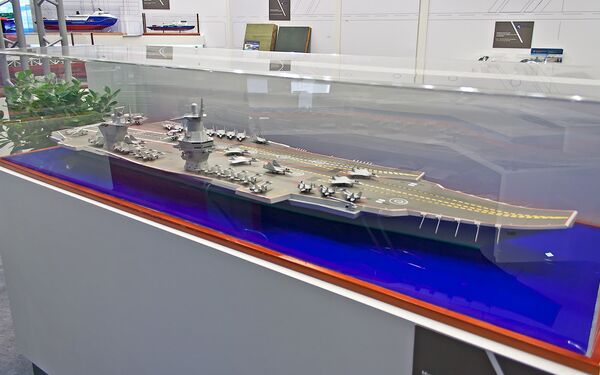
Asked to comment, Oleg Ponomarenko, an expert at the Moscow-based Center for Strategic Studies, told Radio Sputnik that Russia has no intention of competing with the US, and will use the new carrier, if it is built, only to defend Russia's interests.
"To say that we're going to 'compete' with the Americans is incorrect," the analyst stressed. "If it is judged that we need one or two such ships, they will be built regardless of whether or not we want to challenge the Americans."
As far the suggestion that the Shtorm project looks similar to the Nimitz-class, Ponomarenko stressed that this has to do with modern engineering design decisions, not any attempt to 'copy' the US. "Look, this is a floating airfield of a certain size [designed for] an air group of certain size. It does look similar to the American concept. What is there to be ashamed of in this, if it is rational?"
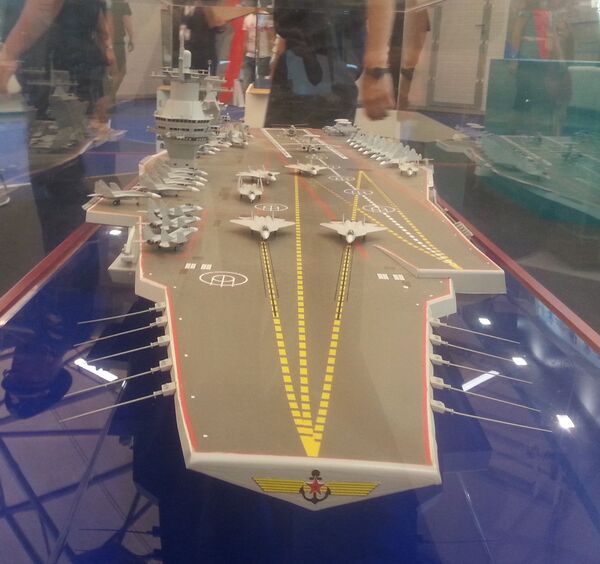
In any case, the expert admitted that the new carrier really would dramatically expand Russia's power projection capabilities. "For example, we can use the aircraft carrier in a situation where the airbase at Hmeymim becomes inaccessible. In such a case a large aircraft carrier would simply be a must. It could replace the air group based at Hmeymim."
Indeed, the Russian Navy officially categorizes the Admiral Kuznetsov as a heavy aircraft-carrying cruiser, not an aircraft carrier.
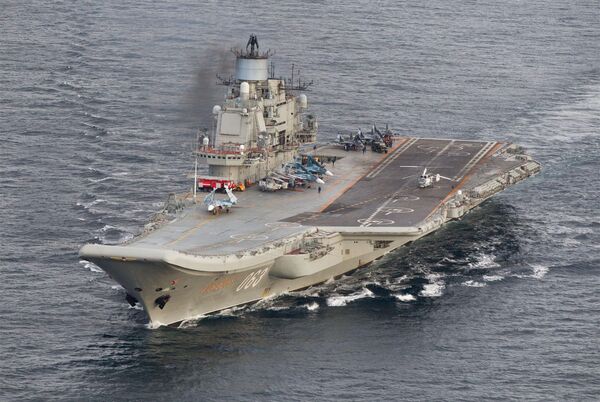
Last year, Valeri Polovinkin, an advisor to the general director of the Krylov State Research Center, which co-designed the Shtorm project, told reporters that it will take 7-10 years to see the project through from the planning phase to completion, with its weapons systems taking even longer — up to 15 years, to develop.
At present, it remains a mystery whether Russia will go ahead with the construction of the Shtorm project. Experts remain divided on whether Russia, a land-based power, needs or can afford such extravagant ships, particularly since Moscow has shown no ambitions to engage in the invasion or toppling of governments in other countries, like Iraq in 2003 or Libya in 2011, which large carriers are ideally-suited for.
